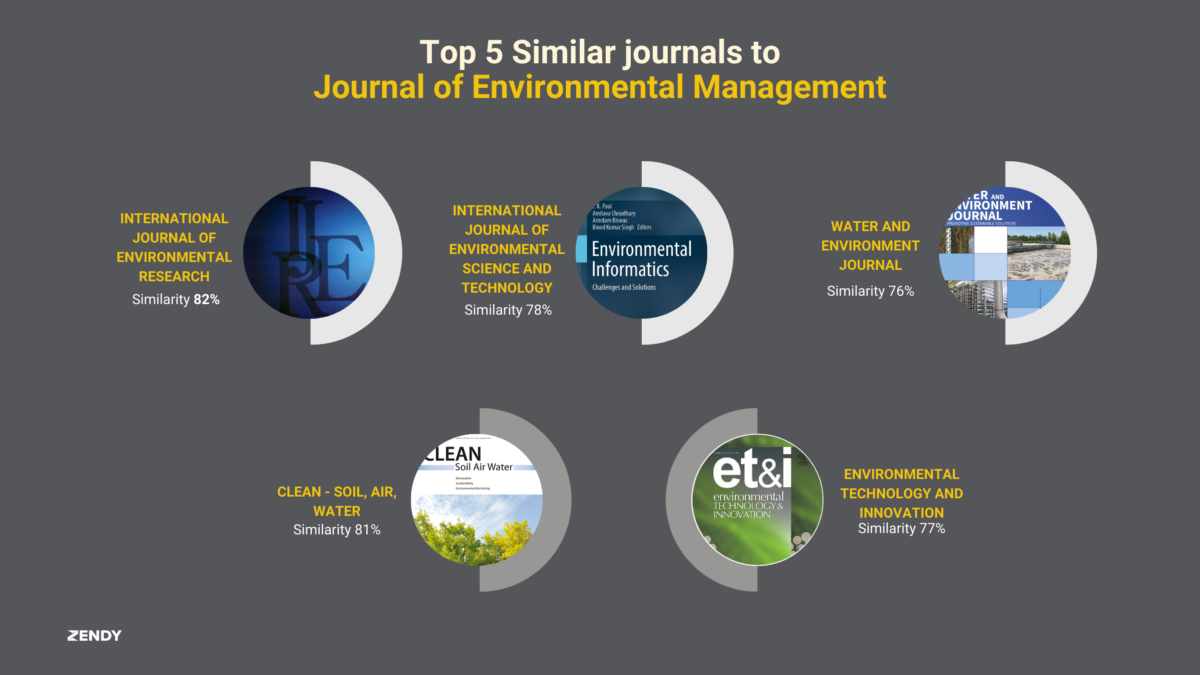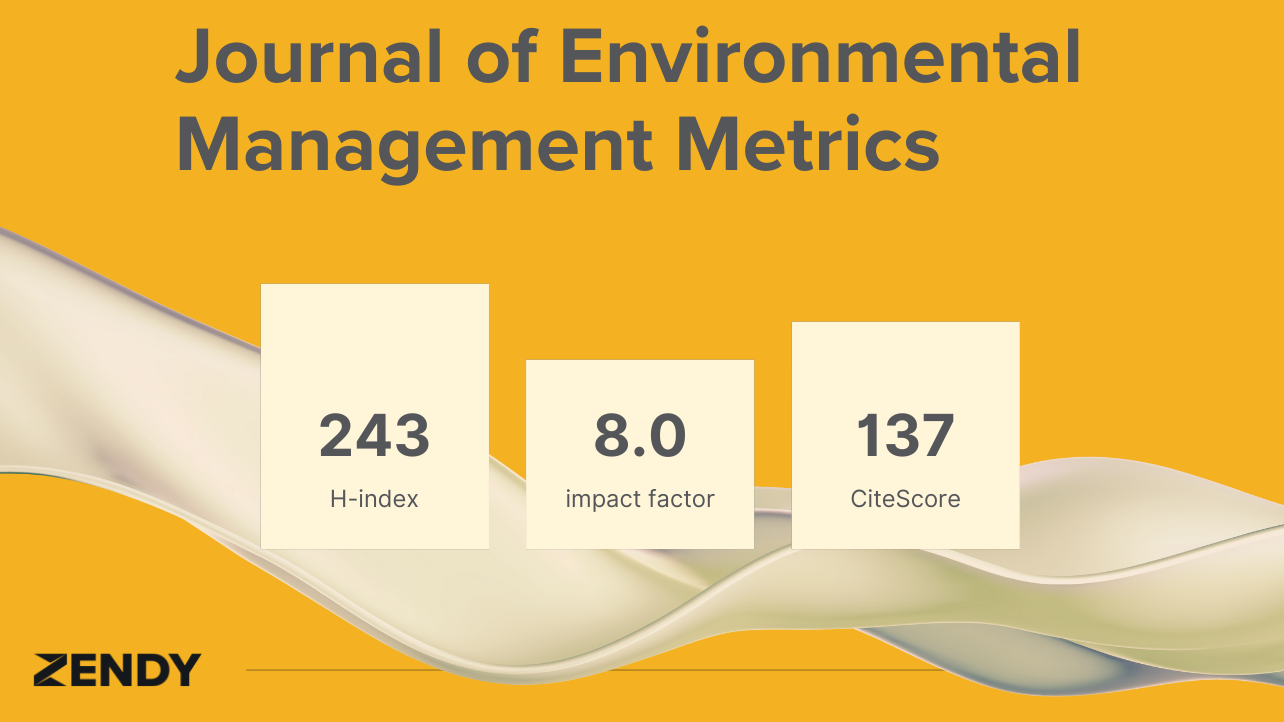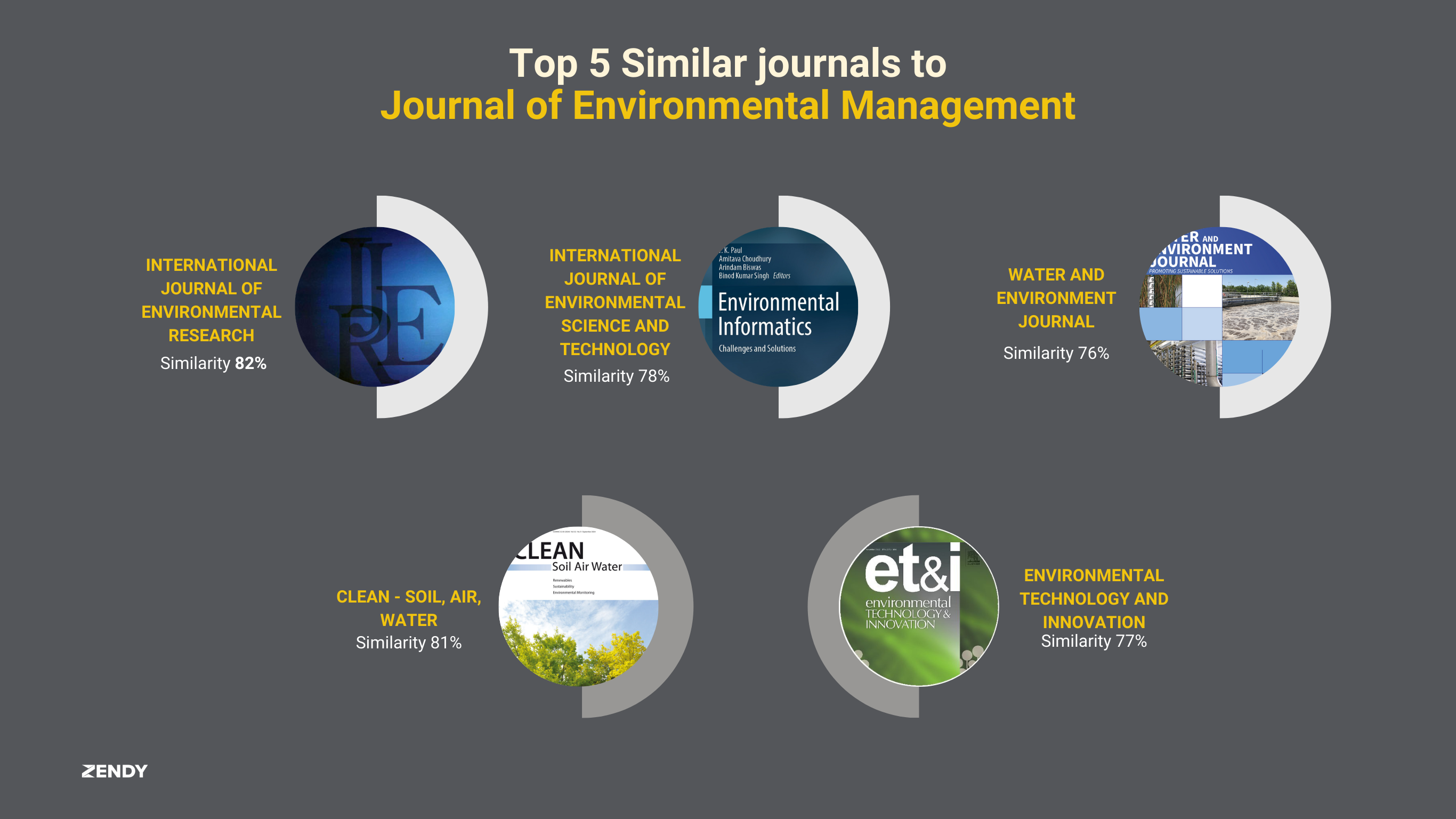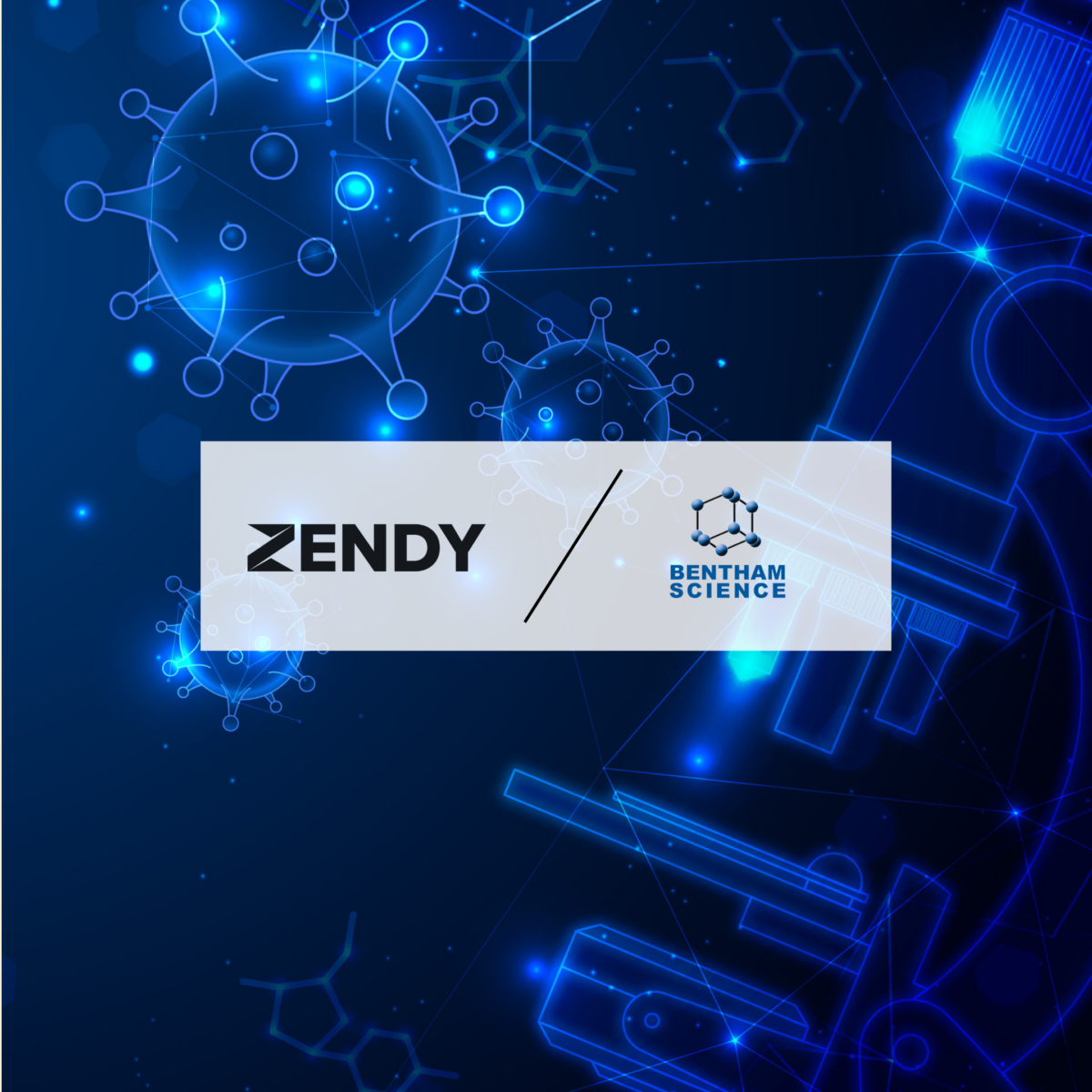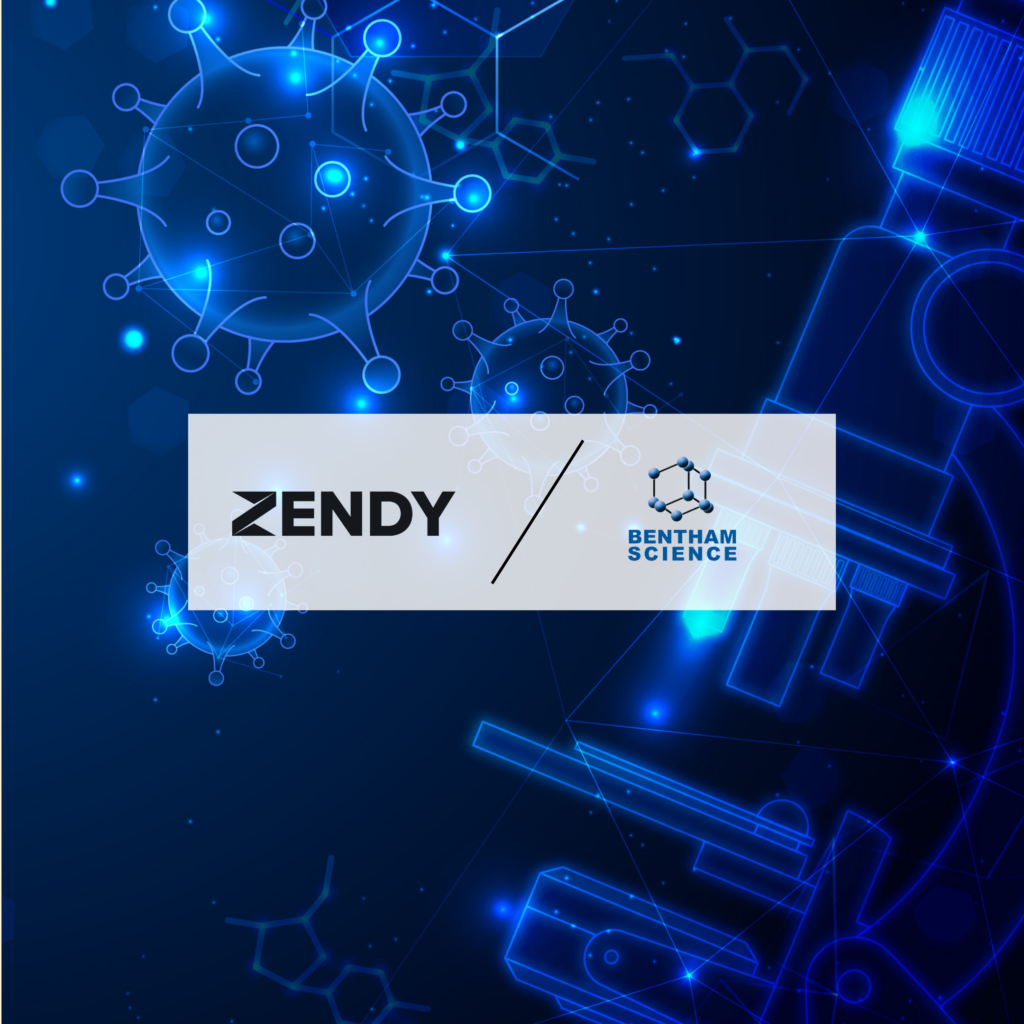
Dubai, UAE – October, 2024 – Zendy, the AI-powered research library, and UNESCO have signed a partnership agreement to increase the impact and discoverability of UNESCO’s flagship global reports and other publications. This collaboration will make UNESCO’s critical resources available to a broader audience, especially in the global south and underserved regions.
With over 700,000 users in 191 countries and territories, Zendy has become a trusted resource for researchers, students, and knowledge seekers worldwide. By integrating UNESCO’s publications into its platform, Zendy is furthering its mission to ensure that key scholarly and policy resources reach those who need them most.
This agreement with UNESCO complements Zendy’s ongoing efforts to reduce barriers to accessibility and promote educational equity. UNESCO’s publications include flagship global reports on the state of education, water resources, scientific advancement and research, and cultural industries; monographs and technical reports that provide specialists with expert knowledge drawn from UNESCO’s fields of competence; and unprecedented regional history series projects. These publications are an important means of maintaining, advancing and sharing knowledge, which will now be more discoverable to researchers, educators, and policymakers around the world.
“Partnering with UNESCO is a pivotal step towards our mission of reducing inequalities in access to knowledge,” said Zendy Co-founder Kamran Kardan. “This collaboration reinforces our shared commitment to increasing the accessibility of essential information, empowering communities that have long been excluded from the global flow of ideas and research. Together, we aim to create a more inclusive knowledge ecosystem where everyone has the opportunity to learn, contribute, and thrive.”
UNESCO’s resources will now be available to Zendy’s growing user base, supporting informed decision-making and research endeavors across diverse fields. Translated into over 70 languages, UNESCO’s publications illustrate the Organization’s mission to promote multilingualism, essential factor in harmonious communication among peoples. This partnership aligns with UNESCO’s vision of fostering inclusive knowledge societies and supporting the free flow of ideas, ultimately driving forward the United Nations’ Sustainable Development Goals (SDGs).
For more information, please contact:
Monica Chinsami
Head of Marketing
Email: m.chinsami@zendy.io
About Zendy
Zendy is an AI-powered, mission-driven library dedicated to increasing the accessibility and discoverability of scholarly literature, particularly in the global south and underserved regions. The platform currently serves over 700,000 users across 191 countries and territories, offering a comprehensive collection of academic journals, articles, and reports to empower researchers, educators, and students around the world.
About UNESCO
With 194 Member States, the United Nations Educational, Scientific and Cultural Organization contributes to peace and security by leading multilateral cooperation on education, science, culture, communication and information. Headquartered in Paris, UNESCO has offices in 54 countries and employs over 2,300 people. UNESCO oversees more than 2,000 World Heritage sites, Biosphere Reserves and Global Geoparks; networks of Creative, Learning, Inclusive and Sustainable Cities; and over 13,000 associated schools, university chairs, training and research institutions. Its Director-General is Audrey Azoulay.






